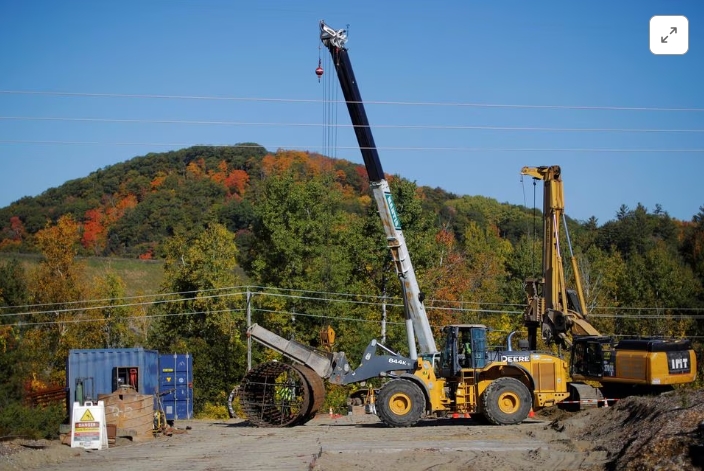
The transition from planet-warming fossil fuels to renewable sources of energy "promises far-reaching changes" to the power grid, said Robert Ethier, vice president of system planning for ISO New England (ISO-NE).
Resources like solar and wind, which are weather-dependent and more geographically scattered, cannot mitigate sudden changes in demand like thermal power plants that run on fossil fuels or nuclear reactors, the study said.
"Immense resource and transmission buildouts, along with flexible loads and modifications to our grid planning processes, are required to meet the changed needs," the ISO-NE's 2023 Regional System Plan added.
ISO-NE said around $12 billion had been spent to upgrade transmission since 2022, and another $1.5 billion of investment was expected through 2027.
"A significant increase in the demand for electricity is coming," the study warned, with the electrification of heating and transportation seen pushing peak loads from summer into the winter months as soon as 2031.
The study expected sufficient power capacity through the end of the 10-year planning horizon, noting state-supported renewable resources and anticipated growth in solar power and energy efficiency programs.
Last month, ISO-NE's president and CEO Gordon van Welie proposed carbon pricing to U.S. lawmakers as a way to compensate carbon-free energy sources and incentivize other resources to cut their emissions.
ISO-NE was also among power grid operators that in June backed a proposal by eight Northeast states to expedite the clean energy transition and improve transmission planning across regional borders.